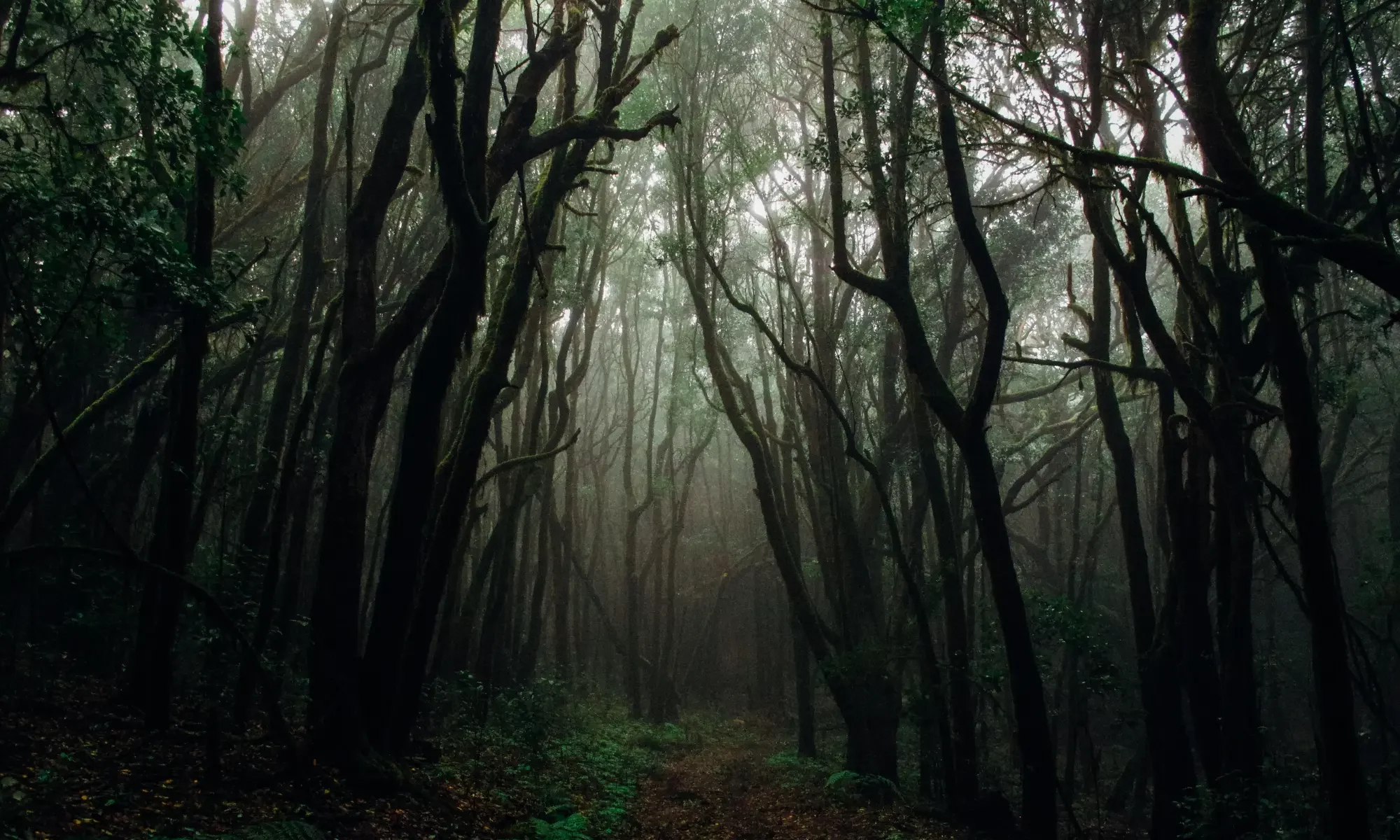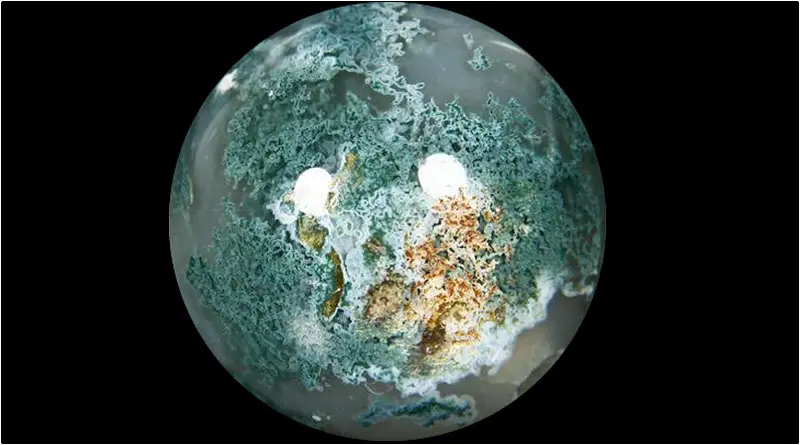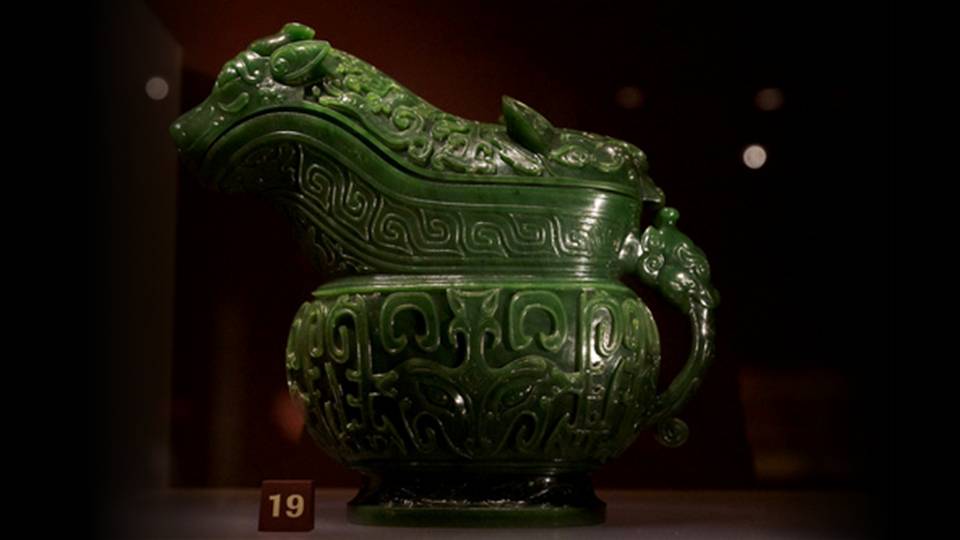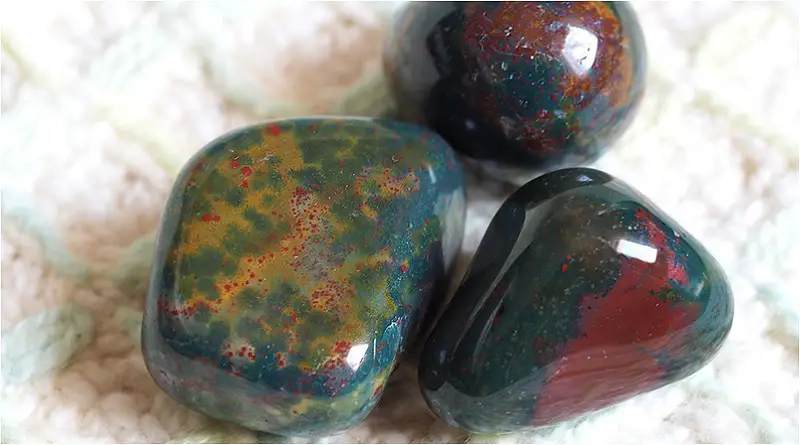The Magic of Moss Agate Stone

As you gaze into the Moss Agate stone, you are whisked away by the natural scenery unfolding within it. With dendritic tendrils that seem to fan out like the leaves of a fern or the branches of a tree, it’s no wonder that Moss Agate has become the quintessential Gardener’s Stone, housing the magic of life and the beauty of nature within it.
The savvy gardener would do well to wear Moss Agate stone or carry it nearby when working their magic in the garden as it can help increase Nature’s bounty and lead to fertile plants that are healthy and full of vigor, as well as more robust harvests.
It is not uncommon to hang small pieces of Moss Agate on trees to inspire the tree to grow healthy and produce vibrant blossoms and fruit. Charging Moss Agate stone and “planting” it in the earth of your garden provides the most magical of plant food for your plants.
The plant deities and devas look kindly on a garden and gardener who employs the magic of Moss Agate stone in their garden and do their best to encourage a blessed bounty and to counsel and guide the hands of the gardener as they tend to their garden.
There is a powerful, vigorous healing energy within the Moss Agate stone. Tribal healers lauded its ability to interact on a truly organic level with the mind, body, and spirit to bring it to wholeness and the glow of health.
With a typically lower, calm, and tempered vibration than many crystals, Moss Agate strikes a balance between the yin and yang within us and in the world around us, reconciling our world with the harmonic cycle of life.
Moss Agate resonates with the Heart and Root Chakra, and as such is a stabilizing gem – quite literally. Curiously enough, it has a reputation for being able to steady the feet of young children so that they do not fall.
Moss Agate is connected to Asclepius, god of medicine and one of Apollo’s sons. Asclepius is intricately connected with the art of healing; the rod of Asclepius – a snake-twined staff — went on to become a symbol of medicine.
His daughters represent the healing arts in their very essence – Hygieia (the goddess from whom the word “hygiene” comes), goddess of cleanliness and sanitation. Panacea, goddess of universal remedies. Aesco, the goddess who oversees the healing process, and Aglæa/Ægle, goddess of the “glow of health.”
Moss Agate is actually a form of chalcedony. Chalcedony stones are wonderful, calming stones, used to banish fears and nightmares as well as promote better mental health and dissolve destructive illusions and self-deluding fantasies.
Watch the Video: The Gardener’s Stone
Sometimes referred to as “mocha stone” or “birthing crystal,” Moss Agate provides amazing benefits to women who will be conceiving and lactating mothers. Keeping Moss Agate nearby in the delivery room can ease the pain of childbirth and help with welcoming the new bundle of joy into the world, as it is the stone of new beginnings.
And being that Moss Agate is a form of chalcedony, chalcedony is known to help lactating mothers produce milk for their little ones.
While it is called an agate, moss agate doesn’t actually fit the typical description of an agate stone, as it doesn’t have the characteristic bands that agate stones are known for. But seeing as it was given its name long before the scientific understanding of agate evolved, the name has stuck nevertheless.
The dendritic, moss-like bands within the Moss Agate stone are formed by inclusions of iron and manganese. It’s worth noting that Montana is home to its very own special form of Moss Agate, called Montana Moss Agate, known for having a characteristic red hue due to iron staining.
A product of the volcanic eruptions and lava flows that have occurred near Yellowstone Park, Montana Moss Agate can only be found near Yellowstone River and its tributaries between Sidney and Billings, Montana.
*FDA Disclaimer
The contents of this website are for informational purposes only and do not render medical or psychological advice, opinion, diagnosis, or treatment. The information provided through this website should not be used for diagnosing or treating a health problem or disease. It is not a substitute for professional care. If you have or suspect you may have a medical or psychological problem, you should consult your appropriate health care provider. Never disregard professional medical advice or delay in seeking it because of something you have read on this website. Links on this website are provided only as an informational resource, and it should not be implied that we recommend, endorse or approve of any of the content at the linked sites, nor are we responsible for their availability, accuracy, or content.




